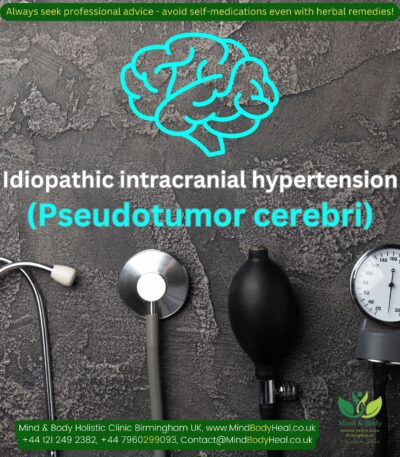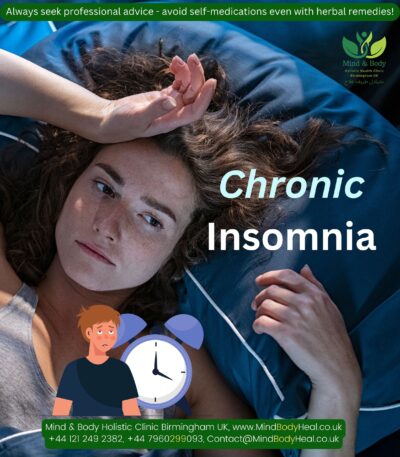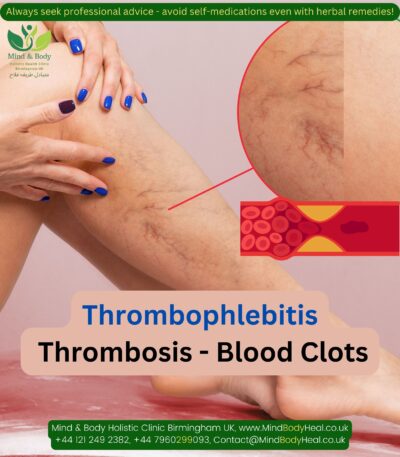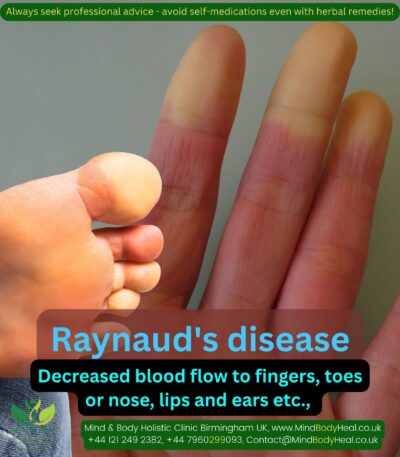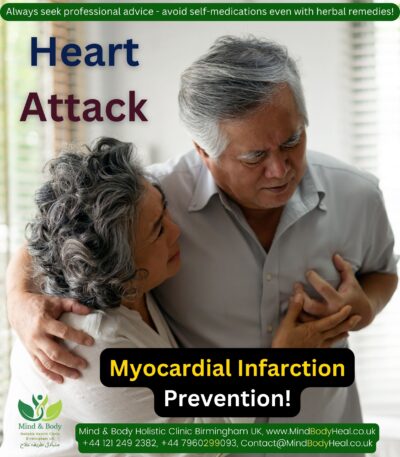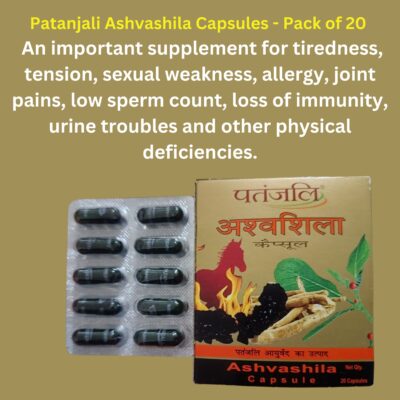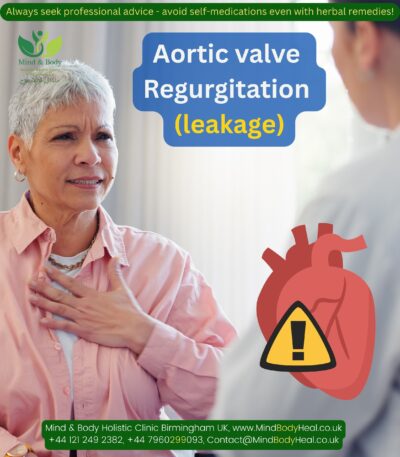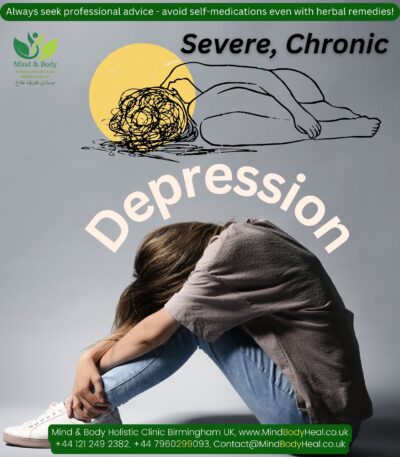Edema (Oedema) – Fluid or water retention
Edema happens when fluid gathers in your tissues and causes a heavy, swollen and even painful area in the body.
Lymphoedema: Lymphoedema means there is damage to the lymphatic system and the body can’t drain fluids properly. This may cause a non-pitting oedema in the arms or legs. A disturbance to the lymphatic system may occur after procedures like lymph node surgery, a mastectomy and radiation therapy. Obesity or venous insufficiency may also cause it.
Our bodies have an excretory system that helps maintain the proper balance of water, fluids, electrolytes and salts etc., in the body and makes sure that it maintains proper water levels in our cells.
It naturally balances water intake and water loss.
However, several health conditions can cause fluid to collect in the tissues and cause noticeable swelling. Sometimes the cause is a harmless, but it can also result from a chronic, serious condition that needs to be treated immediately.
It occurs when fluid leaks from small blood vessels known capillaries and collects in the spaces around tissues and organs – this causes puffiness and skin tightness, usually in your lower limbs because there’s more pressure on these areas.
Various important organs like the heart, lung, kidneys and brain all work together to regulate fluid levels in the body, when one organ is forced to work harder because of a medical condition, hormones are often released to either retain or provide more fluids.
Edema, or swelling, can occur in many parts of the body, including:
- Most commonly in lower legs, ankles, and feet
- Hands
- Abdomen
- Chest
- Face
- Muscles
- Bowel
- Lungs
- Around eyes
- Brain
Probable causes and risk factors of Edema.
- Being obese – edema due to pressure from your body weight
- A sedentary lifestyle
- Past surgeries involving removal of lymph nodes.
- Chronic venous disease – Problems with your veins: When blood vessels can’t transport enough blood to the feet and then back to the heart — is called venous insufficiency — your ankles and feet become swollen.
- Varicose veins, when blood pools in the legs or when blood flow slows down.
- Deep vein thrombosis – edema can be a sign of thrombosis, that develops as a result of slow-flowing blood and causes a blood clot.
- Hormonal changes during a women’s monthly cycle, premenstrual syndrome, puberty or menopause.
- Pregnancy – when a woman is pregnant, her uterus puts pressure on the blood vessels that’s responsible for returning blood to the heart from the legs. This pressure can allow fluids to get into her tissues, causing swelling in the legs, ankles and feet.
- Women who have undergone a mastectomy for breast cancer may experience swelling in their arm near the affected breast – called lymphoedema.
- Minor injuries as well as surgical procedures may cause swelling as part of the healing process.
- Kidney diseases: When kidneys can’t remove enough sodium and water from the body, this creates pressure on your blood vessels and can lead to peripheral oedema – that is swelling in your hands, ankles, feet & face etc.
- Liver, spleen disease can cause ascites – oedema in the abdomen. Ascites happens because conditions of the liver such as cirrhosis, cause protein levels to become too low and create congestion in the liver. This causes pressure in the blood vessels and allows fluids to seep out into the abdomen.
- Fluid leaking out of blood vessels is easier when there isn’t enough protein called albumin in your blood.
- Malnutrition that affects how much protein the body produces, like liver and kidney diseases can cause low protein levels in your blood.
- Hypertension and congestive heart failure conditions: If the heart becomes too weak to pump blood around the body, it will gather it in front of the heart and put pressure on your veins. This can cause fluid to seep out into the surrounding tissue. This leaking fluid leads to swelling in the legs or in the abdomen.
- Pulmonary edema when water collects in the air sacs of the lungs due to lung’s condition like emphysema or pulmonary fibrosis.
- Due to suppression of eruptions, perspire or rheumatism
- Taking certain medicines – such as some blood pressure medicines, contraceptive pills – oestrogen, hormone therapy, antidepressants, nonsteroidal anti-inflammatory drugs, NSAIDs (such as ibuprofen or naproxen), steroid therapy and diabetes medications.
- Sitting or staying in one position for many hours
- High salt intake – sodium holds on to water and keep it in the body.
- In response to allergies or insect bites.
- Trauma (like a broken bone sprained ankle), an infection or wound arthritis, gout or cellulitis etc.
- Abuse of Quinine
- Alcoholism & excessive smoking
Major types of edema
Pitting and non-pitting oedema.
- Pitting oedema – when you apply pressure to the swollen area and your finger leaves an indentation.
- Non-pitting oedema, when it does not leave a mark when you press your finger into it – can be a more serious condition caused by issues with the heart, lungs, liver or kidneys.
General signs and symptoms:
The swelling depends on gravity, it may appear more serious when you are standing than if you have the area elevated.
- A full or heavy feeling in affects body parts.
- Skin that feels warm and tight – when shoes, clothing or jewellery are worn.
- Immobility or difficulty moving joints around the affected area
- Pain and tension around the affected area
- A feeling of pressure around the affected area, which can be related to pressure on the veins in your legs.
- Sometimes, lower extremity oedema can be a sign of a blood clot in your lungs or a serious heart condition. If you experience peripheral oedema along with symptoms like chest pain, shortness of breath or dizziness, seek medical care immediately.
FREE Shipping included – Usually dispatched within 1 – 2 working days!
Are you concerned about your health or have been suffering from a chronic, recurrent health disorder?
A ready-made kit that comes with instructions as how to take or use the remedies etc., containing 2 homeopathic remedies. It is strongly suggested you to keep taking your regular medication unless you have observed a remarkable change with these remedies or have spoken with your doctor!
Give it a try, if you truly believe in Natural holistic remedies!
Ideally, complimentary remedies should go hand-in-hand with conventional treatment for optimal recovery, and you may take them along with your regular medicines, if any, for additional benefits!
All our remedies are prepared according to Hahnemann principles, using traditional method of dilution or succussion, by a fully qualified naturopath practitioner after a lot of research, proving and great success results from a number of our in-house patients having similar conditions – Still the results may vary from person to person!
Special note: While selecting the remedy from the age wise drop list – there are 3 options as per the pills size e.g., for infants under one and children between 1 – 10 years of age, we use 2 different sizes small globules, as compare to adults. You may also contact us and ask for lactose tablets if you don’t want your remedy in sucrose pills.
You may need to continue taking these remedies from few weeks to few months or until the desired results – depending upon the severity and chronicity of your condition.
You may also contact and speak to one of our naturopaths to discuss any dietary requirements or allergies you may have, or ingredients used in preparation of the above kit.
If you are looking for a particular remedy or a kit not listed on this site, please contact us, as we stock a wide range of complimentary remedies that you may need.
We also make tailor-made homeopathic remedies, as per your causative factors, physical & mental peculiar signs & symptoms etc., if you need any further information please feel free to message.
DISCLAIMER: Although, most natural remedies including herbal supplements, homeopathic remedies or aromatherapy formulations for external use etc., are generally very safe even in children and old age, we still recommend you to seek medical advice from your GP / personal health provider before making your purchase etc., if unsure.
Some patients may experience a little aggravation or worsening of their symptoms, specially in skin disorders – which is absolutely normal and a good sign, as most natural remedies tend to bring the disease in its expressive state – rather suppressing it deeper under the skin etc.
This complimentary remedies kit is taken with your own responsibility. Please avoid self-medication specially if you are pregnant, breastfeeding or have been suffering from any chronic or terminal medical conditions etc.
Due to strict UK regulations on the sale of medicinal products, we cannot give specific advice, without a face-to-face consultation.



























